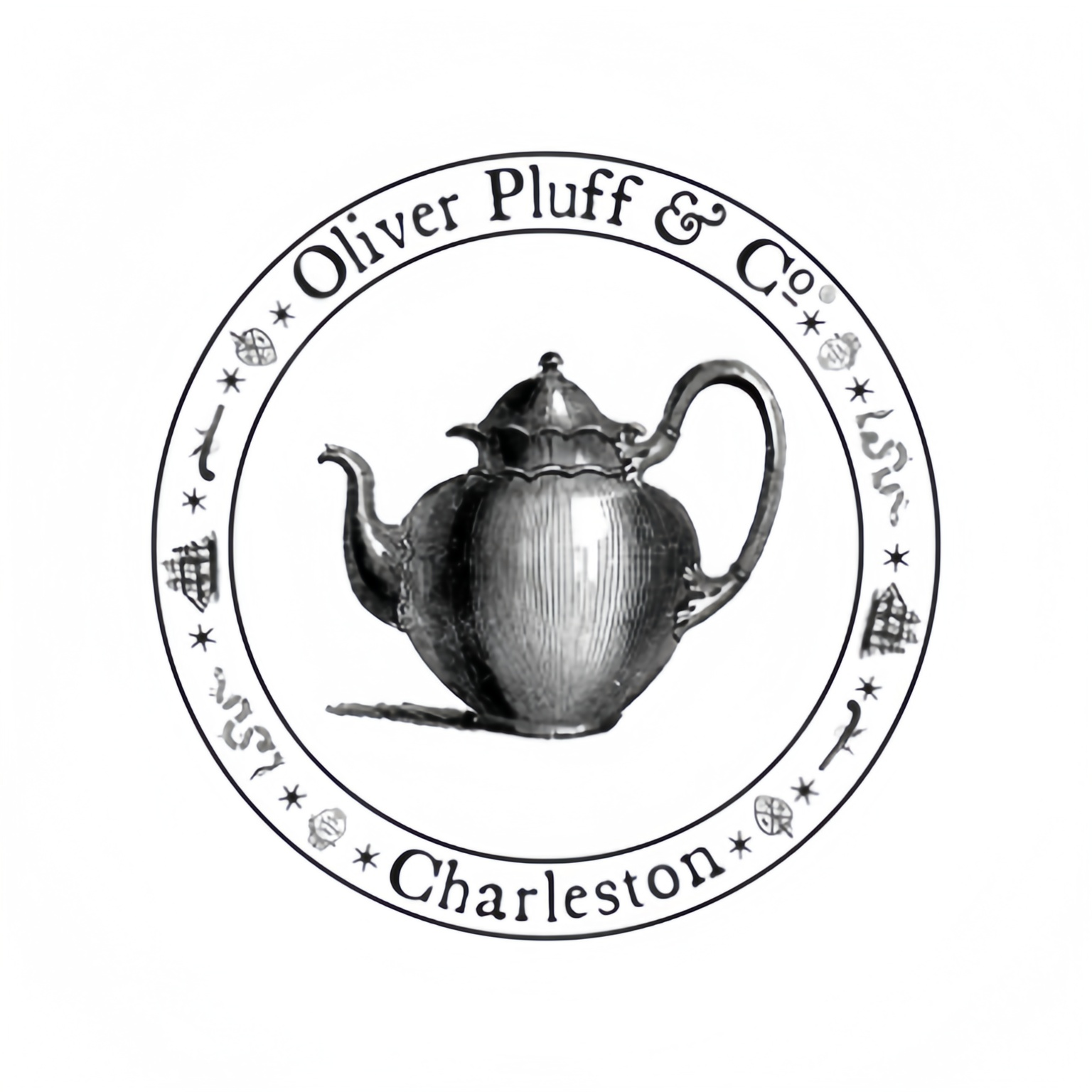Imperial Scholar – Collector’s Grade Zini Clay for Black Tea | Yserene
Original price was: $24.00.$13.00Current price is: $13.00.
46% Off
Living clay that learns your taste. Imperial Scholar’s Yixing teapots transform and evolve with each infusion, deepening the flavors of your brew, with centuries-old learned wisdom.
Product Detail
Yixing Ware Teapots: Imperial Scholar – Craftsmanship of Art for Tea Drinkers
Product Descriptions: Yixing Ware Teapots Imperial Scholar
Welcome to the product page for Yixing Ware Teapots Imperial Scholar. These amazing Yixing Ware teapots were made in China and involves centuries of a fine tradition. If you are looking for something to replace your teapot, this is it.
Reasons to Buy Yixing Imperial Scholar Teapots
While the Yixing teapots Imperial Scholar date back for centuries, they are of unparalleled craftsmanship. They do the brewing
The Imperial Scholar series includes crafted teapots of authentic Yixing purple clay (Zisha) from the fabled deposits of Jiangsu Province. Painstakingly modelled by master craftsmen who have inherited generations of artisanal skill, these unique teapots are both serious brewing vessels and masterpieces of art.
Use Case Expansion
What industries are applicable?
Industries and areas of applications the Imperial Scholar Yixing teapots belong to include:

What Common Problems Are Solved?
Imperial Scholar Yixing teapots solve several typical problems faced by tea drinkers:

FAQ – Frequently Asked Questions
Here are answers to frequently asked questions about the Imperial Scholar Yixing teapots.

Selection/Comparison Suggestions
Do you know the differences among different clay types, manufacturing processes, and authenticity claims? If you are ready to pick your perfect Yixing teapot, do read through the following comparison table to see how the Imperial Sholar teapots compare to other options on the market:
| Feature | Imperial Scholar Yixing | Standard Yixing Teapots | Factory-Produced Yixing | Non-Yixing Clay Teapots |
| Clay Source | Authentic Zisha from protected Yixing mines | Mixed Yixing clay sources | Often blended with non-Yixing clays | Various ceramics or stoneware |
| Craftsmanship | Hand-built by nationally recognized masters | Hand-built by skilled artisans | Semi-mechanized production | Machine-made or hand-built |
| Porosity | Optimal 8-10% microporosity | Variable 5-12% porosity | Often sealed to reduce porosity | Typically non-porous or glazed |
| Heat Retention | Exceptional (maintains >85% of heat for 5+ minutes) | Good (maintains >75% of heat for 3-5 minutes) | Moderate (maintains >60% of heat for 2-3 minutes) | Variable based on material |
| Flavor Development | Progressive enhancement over decades of use | Noticeable improvement over years | Minimal improvement over time | No clay-based flavor enhancement |
| Wall Thickness | Precision-controlled 3-4mm optimal thickness | Variable 2-5mm thickness | Often thicker for durability | Variable based on design |
| Authentication | Full traceability with master certification | Variable authentication methods | Limited or no authentication | N/A |
| Price Range | $250-2,000+ | $80-500 | $30-150 | $15-200 |
| Lifespan | Multi-generational (100+ years) | Long-term (30-70 years) | Medium-term (10-30 years) | Variable (5-40 years) |
Data sources: This comparison is based on the Technical Specification for Yixing Zisha Teapots (GB/T 35380-2017) from the Chinese National Standards, and the Protected Geographical Indication (PGI) specifications for Yixing pottery. For more information, see the official Chinese National Standards database at http://www.gb688.cn/bzgk/gb/newGbInfo?hcno=B264C066E83C3D53DFE5523C140E4238 and the EU Database of Origin and Registration (DOOR) at https://ec.europa.eu/info/food-farming-fisheries/food-safety-and-quality/certification/quality-labels/geographical-indications-register/
Actual Cases/Customer Stories
The tea master who gained a winning edge
Master Zhang, owner of the acclaimed Cloudy Mountain Tea House, in San Francisco, had struggled for years to accurately represent the subtleties of the rare Wuyi rock oolongs he sources to his western customers. The leaves themselves were of impeccable quality, but an elusive something was missing in the presentation. He could retell the story of the sodden rain falling over WuYi’s cloudy peaks, but how to let his customers taste it for themselves?
After purchasing a complete set of Imperial Scholar teapots in various shapes and sizes, the difference was noted immediately. “The Imperial Scholar teapots added an entirely new dimension to our tea service,” Master Zhang says. “Suddenly, customers who never noticed the difference between our top grade and regular offerings were able to detect the complex mineral notes and the huigan (lingering sweetness) of a properly brewed Da Hong Pao. Our weekly tea appreciation sessions now sell out weeks in advance, and several guests have purchased their own Imperial Scholar teapots after seeing for themselves the effect they make.”
The tea house has gone on to incorporate in their classes special brewing demonstrations showcasing how the same tea transforms when prepared in different wares, with the Imperial Scholar consistently winning top marks after each session from participants.
The Corporate Connection
When global tech group Nexus Solutions sought a special gift for their Chinese business partners to celebrate a significant joint venture, their cultural advisor recommended Imperial Scholar teapots as rich and meaningful alternatives to typical corporate gifts. “We chose individually matched teapots based on the personal tea preferences of each executive,” says Sarah Chen, Nexus’s Director of International Relations. “Our presentation included a tea ceremony with these very teapots, in which we served rare teas from the recipient’s home province. The emotional effect was staggering — what might have been a standard corporate handover became a deeply felt moment of cultural awareness and appreciation.”
The partnership prospered, and the Chinese executives later mentioned that the thoughtful choice of authentic Yixing ware showed them that Nexus understood their culture on a deeper level than appearances might suggest.

The Collector’s Story
Dr. Hiroshi Tanaka, a world-respected ceramic art collector, was initially skeptical of including contemporary Yixing pieces in his historical collection. After being introduced to the Imperial Scholar series, he performed thorough materials analysis before purchasing. “What I found impressive was the complete faithfulness to traditional methods, while maintaining a level of precision that sometimes surpasses historical examples,” Dr. Tanaka explains. “The clay composition was an exact match with what we see in museum pieces from the Qing dynasty, and the firing technique produces that distinctive ‘ting’ sound when you tap it that only properly fired Yixing can achieve.”
Since then, Dr. Tanaka has acquired twelve Imperial Scholar pieces, which he rotates between display in his private gallery and in actual use. “These are not merely decorative objects, they function exactly the way they’re supposed to, and get better with every use. I’ve earmarked specific teapots in my will to go to museums, while others will remain with my family to continue their journey of use and appreciation.”
The Wellness Tour Scandal
Harmony Springs Wellness Retreat began incorporating Imperial Scholar teapots into their mindfulness programs after their director, Elena Vasquez, observed that traditional tea ceremonies seemed to put many participants in a deeper state of presence than guided meditation. “The tactile experience of warming the teapot, seeing the leaves unfurl, and sharing tea from these beautiful vessels produces a natural mindfulness, something that doesn’t feel forced.” says Vasquez. “Our guests often report that it is in the 20 minutes of our tea ceremony with the Imperial Scholar teapots that they finally experience the mental quieting they’ve been looking for.”
The retreat now offers special “tea and tranquility” sesssions, in which participants are taught the full preparation process using Imperial Scholar teapots – and these sessions are the most commonly cited by guests as the part of their stay they found most transformative.
Heritage Revival
For James Li, buying an Imperial Scholar teapot turned into an unexpected way to reconnect with his Chinese heritage. Born in America to immigrant parents, Li didn’t have much exposure to traditional Chinese practices until he received an Imperial Scholar teapot as a graduation present. “Learning how to use this teapot properly gave me the opportunity to study the Chinese tea culture, which in turn enabled me to learn the language and eventually take a trip to meet my distant relatives in Jiangsu Province,” says Li. “What at first was just a beautiful object became the thread that allowed me to weaver together my identity. Four years later, I now host monthly tea gatherings where I am able to share not just tea, but my culture to an eclectic group of friends.”
Today, Li owns four Imperial Scholar teapots, one for each variety of tea from different parts of China, which he describes as “daily-use objects, yet physical links to my heritage.”
Conclusion
The Imperial Scholar Yixing ware teapots are not mere tea brewing vessels. They signify a long-standing tradition of craftmanship, cultural roots, and the deep relationship between material, process, and experience. If you are an experienced tea practitioner, collector, or simply beginning your journey into traditional tea culture, these exceptional Yixing teapots will bring you closer to one of humanities most considered and longstanding refined traditions.




















Ahmed Mohamed –
I love the feeling and the weight of the pot. It gives me a earthy feeling and forms a part of my daily tea sessions and makes every tea
Noah Anderson –
Never would’ve thought I’d be this obsessed about the patina developing on a teapot. After three months of daily use and it’s coloring in in different areas it just feels magical. Friends and family keep asking me where I bought this “tea wizard” pot from. Their reactions when they hear it’s from China are bemusing!
Kayla Davis –
This teapot’s craftsmanship stopped me mid-scroll. The clay almost feels alive in your hands – never tasted such layered oolong, way better than my old infuser setup.
Zara Khan –
Purchased as my husband’s birthday gift (he’s a self proclaimed coffee snob :D). Now, he’s making pu-erh with it daily! The precision on the pour is chef’s kiss – no drippage whatsoever. Customer service even got in touch to help us figure out which type of clay it was made from. 10/10 would gush